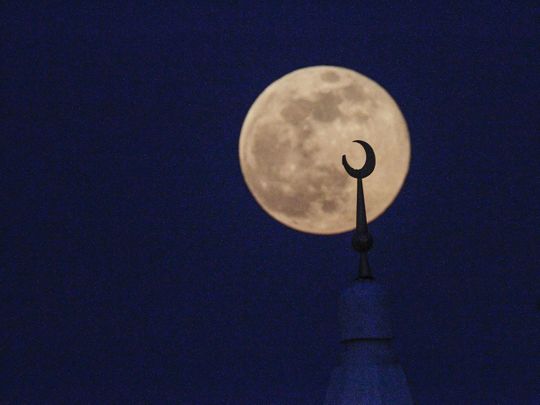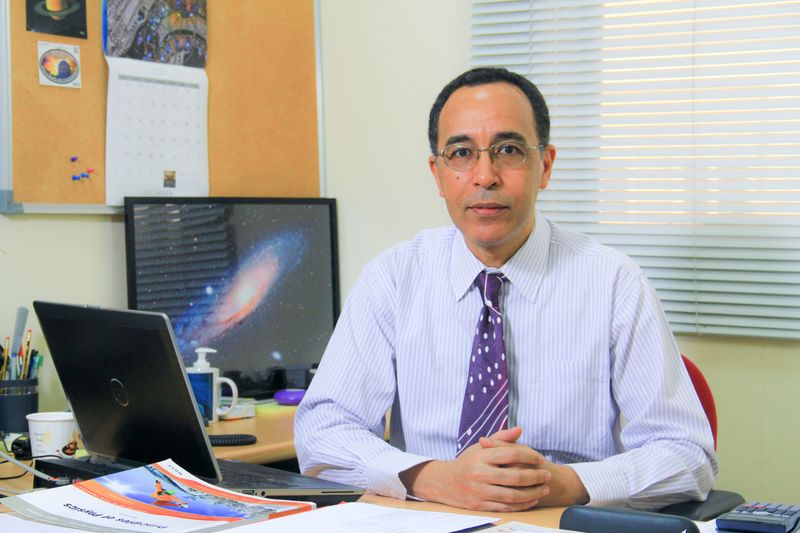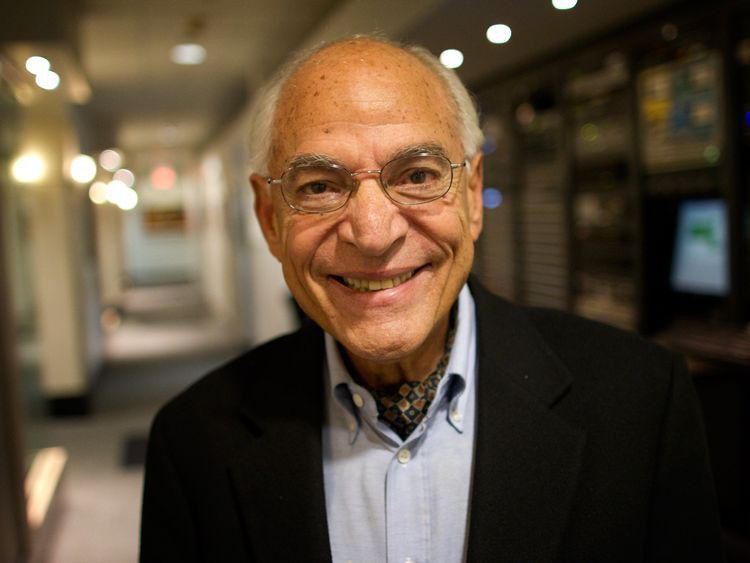
Dubai: On May 26, the UAE night skies will be lit brighter by the biggest supermoon of the year, which will appear 10 per cent larger than a regular full moon. Some parts of the world, meanwhile, will witness a rare ‘blood moon’ or total lunar eclipse, with the moon taking on a reddish glow.
Stargazers and night sky photographers would surely not let the night pass without watching and recording the rare lunar phenomenon which could lead us to ask: ‘Why has mankind always been fascinated with the moon?’ Ancient astronomers did not only wonder about its shape and features but some have also deified the planetary object.
Fast forward and several lunar missions have been sent to the surface of the moon since the 1960s. Modern scientific studies suggest that both our Earth and moon were formed during the creation of our Solar System, approximately 4.6 billion years ago.
More resources will be used for lunar missions to study its atmosphere, weather and topography. The UAE is one of the few space-exploring countries that will send a rover next year to travel to a part of the moon that has never been reached before. Its mission is to better understand how lunar dust and rocks vary across the moon.
As we observe the biggest supermoon of the year on Wednesday, we again pose the question: ‘Why do we need to study the moon?’
Shared origin of Earth and moon
Scientists say studying the moon will not only allow us to further understand our celestial neighbour, but will also help us to unravel the processes that our own Earth may have experienced during the formation of our solar system.
Speaking to Gulf News, Dr Nidhal Guessoum, professor of Physics and Astronomy at the American University of Sharjah, said: “We study the moon (in various ways, i.e. with instruments, orbiters, and rovers that carry various devices) first to understand its origin and history and its evolution. The current theory is that the Moon came about from a “giant impact” of a Mars-size object that hit the Earth about 4.5 billion years ago. It got destroyed but carried with its debris part of the external layers of the Earth and formed a small object that took orbit around the Earth.

“We want to check this theory and perhaps refine it or modify it. There is also the fact that the moon can be an outpost for human missions to Mars or to asteroids, for mining prospect both on the moon and on asteroids,” he added.
Explore and discover
Dr Guessoum said the moon has an important effect on our planet through tides and other ways. “We study the moon and other celestial objects because we want to widen our environment and explore, learn, set up posts, and discover and benefit from space as far and wide as possible,” he underlined.
Dr Guessoum summed up two important benefits of space endeavour: “One, it forces us to learn about other objects and phenomena out there, thus broadening our science; and two, it helps us take advantage of the space environment, satellites, spacecraft, and robots that can get us things.”
‘Planets are members of one family’
Meanwhile, in a previous Gulf News interview with Dr Farouq El Baz, the renowned Arab-American space scientist said: “The planets in our system are members of one family. To better understand the Earth and its history, we should also study its siblings. The more knowledge we acquire about one of them, the better we understand the whole lot. In other words, we study the composition of the planets to better understand our own Earth and its geologic history.”

In his decades of space study, he has also seen how space exploration has helped humanity. In particular, he said Earth-orbiting satellites have been used to “better plan the growth of cities and their transportation systems; to detect diseases of crops in agricultural fields so that they would be dealt with before they would expand; to identify potential areas of groundwater concentration particularly in desert regions; and to measure the environmental changes to the physical landscape due to man-made as well as natural forces.
He said: “The continued acquisition of data from space will benefit future human generations.”






